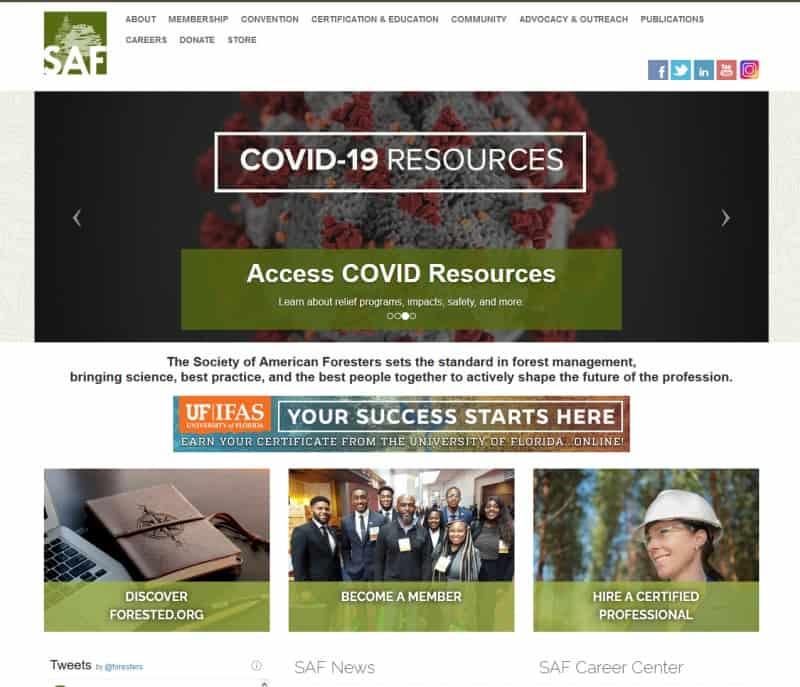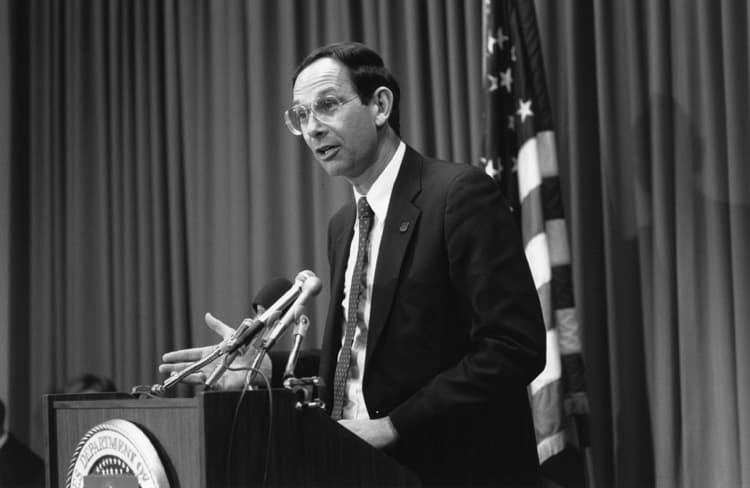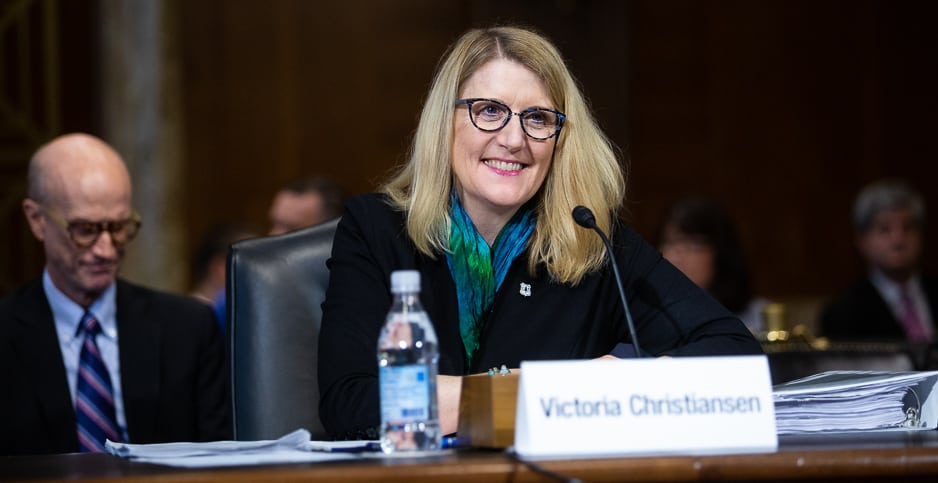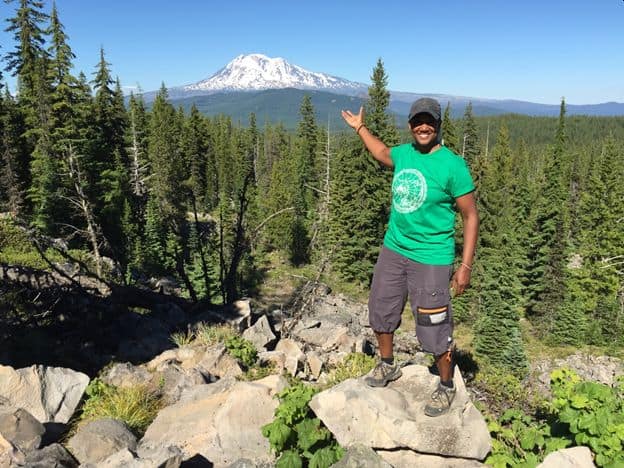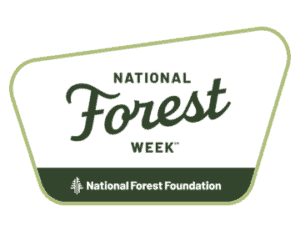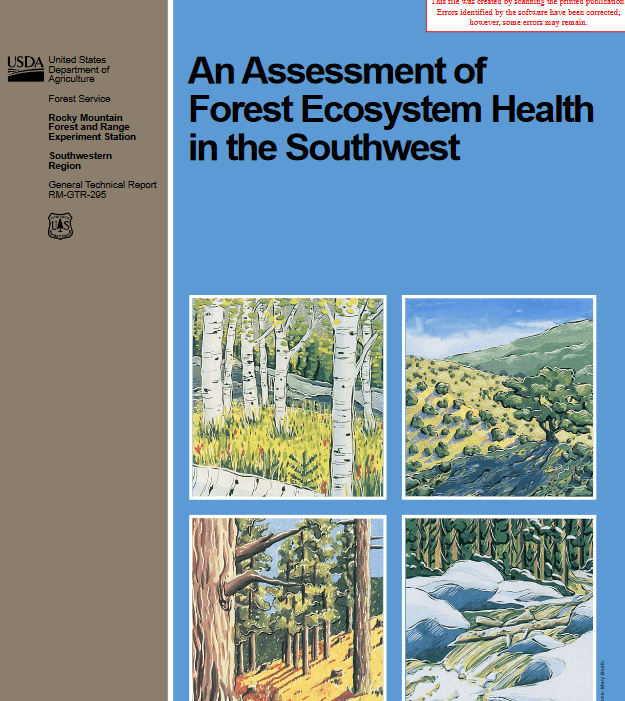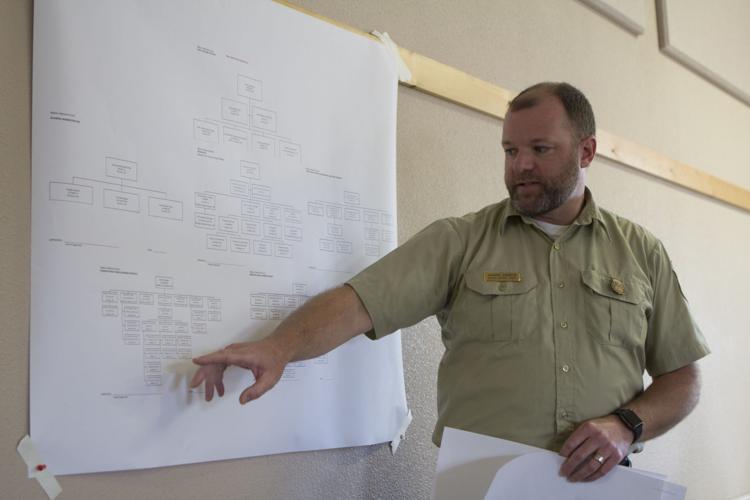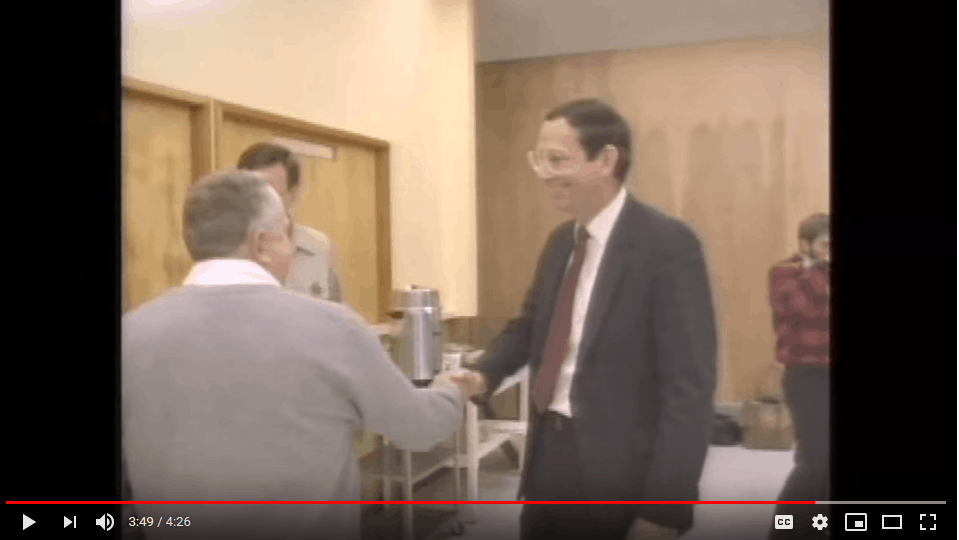I think federal employees are like the glue that holds the government together, proceeding onward daily, sending out Social Security checks, fighting wildfires, enforcing federal laws, and unseen and unglamorous government activities as Administrations ebb and flow. I missed a mention of them in President Biden’s Inaugural Address. It seems like all the drama and coverage is for the elected officials, political appointees, donors, campaign volunteers, etc., and yet.. so THANK YOU ALL for keeping the government train on the tracks for the past four years, the next four, and so on hopefully forever.
I thought it might be interesting to look at ideas for the new administration from different groups. One is from the Society of American Foresters. I’d like to pull this out for discussion:
Support Forestry and Natural Resources Professionals
Active participation and engagement among federal employees in the professional society related to their scientific discipline benefits the employee, the agencies, and, ultimately, the public.
Professional societies, like SAF, provide opportunities for federal employees to maintain professional competencies through in-person and virtual continuing educational opportunities, access to scientific journals, and engagement with professionals working in different disciplines across the country. In addition, professional societies also provide federal employees ample opportunities to test and hone leadership skills and give back to communities through service projects.
Forestry is a dynamic and demanding science with many specialty disciplines. Maintaining the professional competencies of the federal workforce is necessary to assure sound, scientific principles are applied to resource management. Through engagement with professional societies, federal employees are better equipped to understand the challenges facing forest management professionals in state agencies, universities, non-governmental organizations, and the private sector.
Recommendations
• We urge the Biden Administration to not only remove current barriers to attending scientific conferences and meetings, but also encourage and empower employees to actively participate in their professional societies.• In particular, the Secretary of Agriculture should review the meetings management system to evaluate whether this policy is meeting its intended purpose. We recommend exploring a new system where conferences could apply for certified status with the Department, which would reduce the burdens of evaluations and allow employees to plan ahead and avoid paying premiums for last-minute travel and conference fees.
It seems to me that “using the best science” involves training folks working on the ground and making it important for them to keep abreast of the latest findings. Perhaps equally important is the feedback that practitioners give to researchers in terms of ground-truthing their findings. I’d say at the interface between researchers and practitioners is where the “science” rubber meets the proverbial road.
Perhaps we’ll have more virtual conferences and webinars, so that will help. Certainly all of society has had to adapt and we may never go back to in-person meetings the same way. But even if conferences cost less, they still will cost. And if we look at science agencies, being involved in science societies is usually encouraged. So I would agree that the Biden Administration should come out with not only the words supporting involvement, but also work with the natural resource professional societies and others to figure out what the barriers are and take steps to remove them.
Sometimes, at least in the past, weird things happened. Once I was told I couldn’t give an invited talk at an SAF meeting even if I took annual leave to do so, because of liability. Hopefully, those kinds of restrictions, which can put a damper on the most enthusiastic professional, have retreated into the mists of time.
